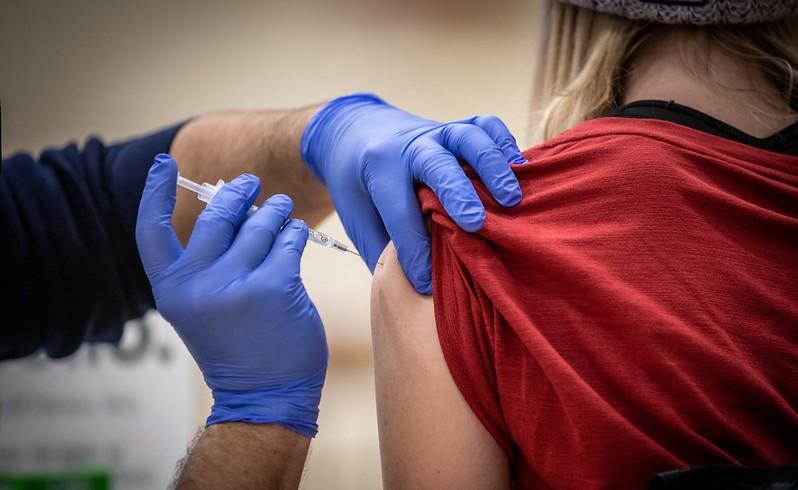Healthcare use and medical costs increased in the year following COVID-19 infection in healthy adults, even among those who weren't hospitalized, a Pfizer-based research group reported late last week in BMC Medicine.

The team examined medical records of 3,792 adults ages 18 to 64 from an Optum database who were diagnosed as having COVID-19 from April 1, 2020, to May 31, 2020. They compared healthcare use and costs before and after infection. They examined three cohorts: people who weren't hospitalized, those who were hospitalized without intensive care unit (ICU) admission, and those who were admitted to the ICU.
Patients with underlying conditions were excluded from the study, and researchers from the same group had conducted a similar study on patients with COVID who had chronic conditions that was published the previous day in the same journal.
Blood-related diagnoses up 150%
Among the previously healthy adults, healthcare burden in the year following COVID infection increased in all subgroups, even in those who hadn't been hospitalized. Similar to the companion chronic disease study, the greatest increases involved new blood-related diagnoses, which increased more than 150% compared to the baseline period. New diagnoses for neurologic and psychological conditions also increased following COVID infection. Respiratory disease declined 27%, but were offset by a large rise in chronic respiratory conditions.
Different from the study in the high-risk patients, healthy adults had a 123% increase in endocrine, nutritional, and metabolic diseases and a 76% increase in digestive conditions. Researchers observed an increase in prescriptions for hormone medications, especially ones to treat joint stiffness and muscle pain, as well as vascular and musculoskeletal agents.
Costs were also higher after COVID infection compared to baseline, similar to the study in chronically ill patients. "Even among those who were not hospitalized during the acute phase of COVID-19, inpatient visit costs during the post-acute phase increased by 578%, outpatient visit costs increased by 139%, and total medical costs increased by 138%," they wrote.













